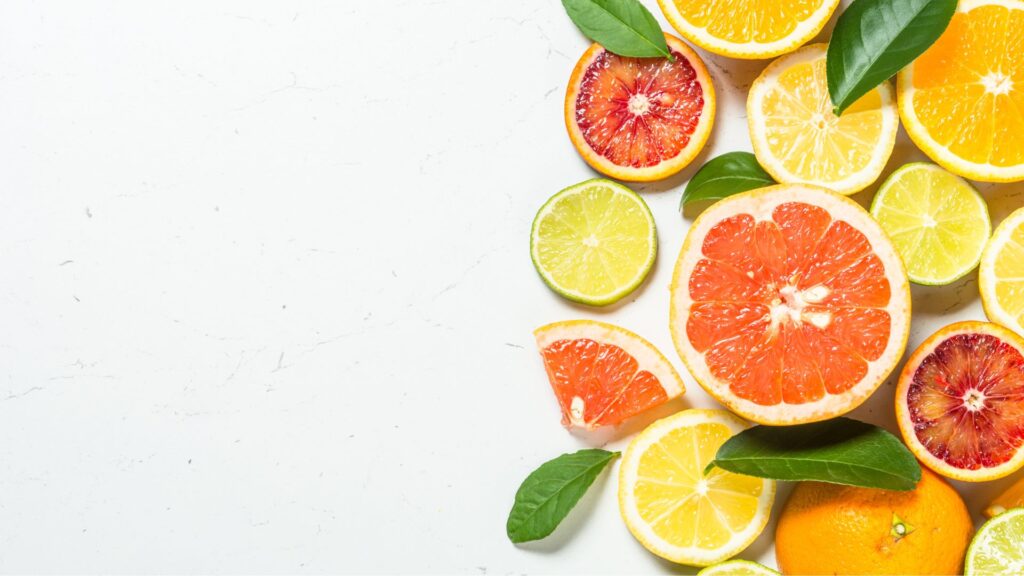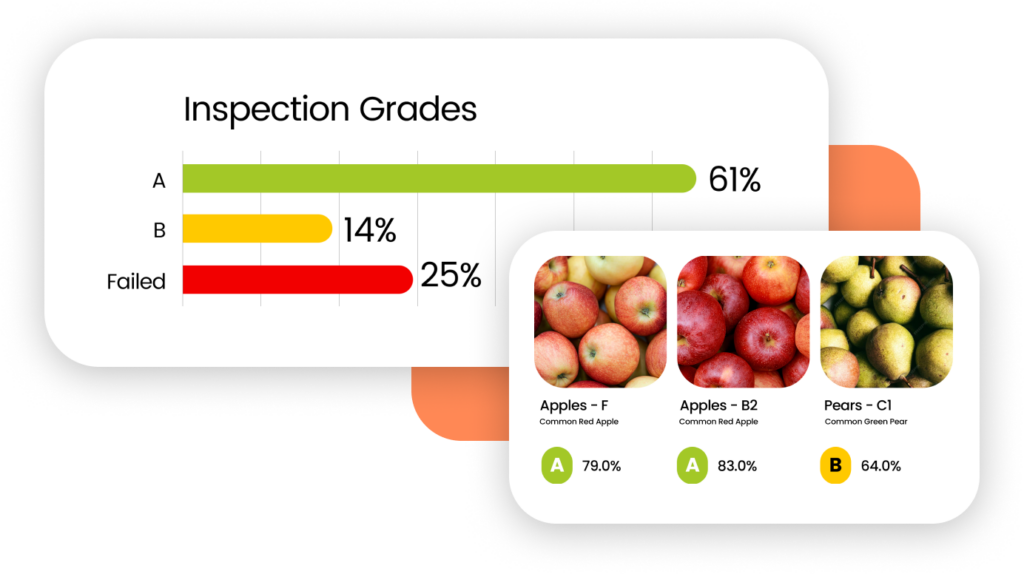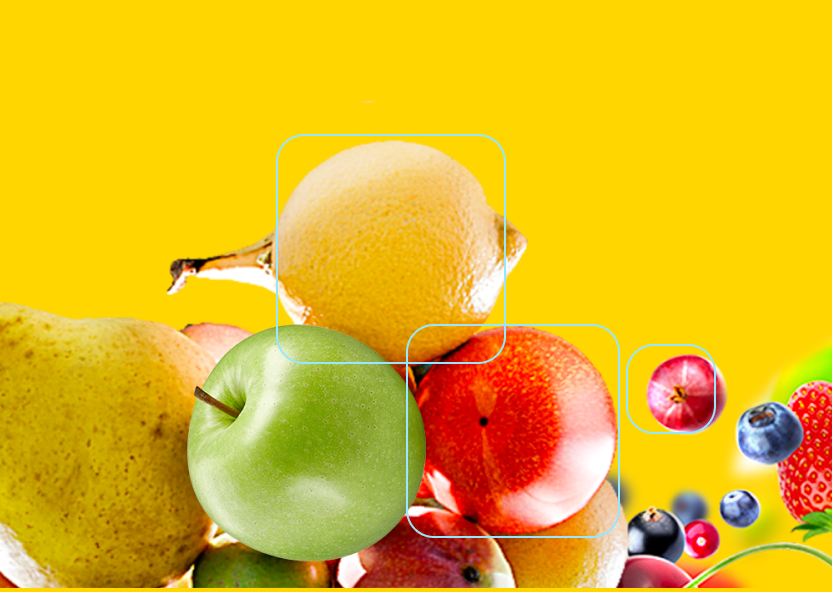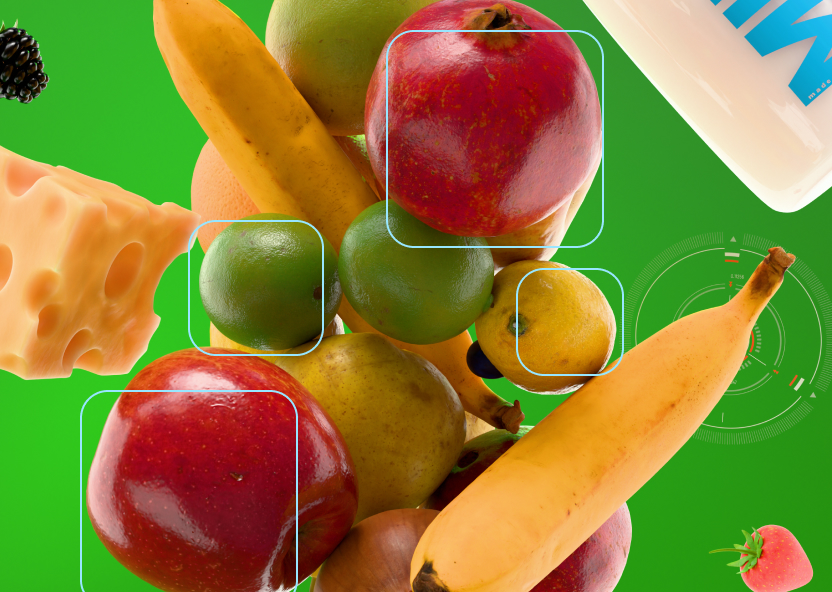Inside California’s Citrus Comeback: Cautious Optimism for Growers
- Quality Control App

California’s citrus growers are stepping into the 2025 season with cautious optimism. After years marked by unpredictable weather and shifting global trade conditions, this year’s harvest is showing all the signs of a strong performance.
Cooler summer temperatures across the Central Valley have produced favorable fruit color and sizing, while stable weather has allowed growers to get an early start on navels, mandarins, and lemons.
The improved outlook comes as export demand begins to recover. With tariff challenges with Canada out of the way, there’s a clear path back into key international markets. For Californian citrus growers, it’s a moment of renewed momentum.
In an industry where the difference between good and exceptional can be decided by a subtle shift in skin tone or a few degrees of internal firmness, this momentum is a promising start: the next priority is maintaining consistent and measurable quality.
Consistency Is the Currency of Citrus
For citrus exporters, quality is especially critical. Buyers expect each shipment to deliver the same vibrant color, smooth peel texture, and internal sweetness they experienced last time.
That consistency isn’t guaranteed by favorable weather alone. It’s the result of meticulous post-harvest sorting, inspection, grading, and handling. All of that depends on quality data that’s reliable and standardized.
Citrus fruits like lemons, even more than most fruit categories, amplify the challenge of visual quality control. Slight differences in color development, peel oil spotting, or softening can mean the difference between premium-grade and processing-grade fruit. For growers and packers supplying high-value export markets, those visual cues have real financial weight.
That’s why some of the world’s most recognized citrus producers have invested in advanced quality management systems that make consistency measurable.
At Clarifresh, we’re proud to power quality management for some of the industry’s largest names: Sunkist, IMG Citrus, Gesex, and others. Clarifresh helps them ensure that every shipment meets the exacting standards of their buyers and consumers worldwide.
When Good Seasons Meet Great Systems
Weather might shape the crop, but systems shape the outcome.
This season’s cooler temperatures have improved sizing and external color, two key indicators of marketability. But what happens next (inspection, sorting and classification) will determine how much of that quality translates into real value.
Modern citrus operations are increasingly using AI-powered quality control tools to close the gap between field conditions and post-harvest results. By capturing objective, real-time data on color, defects, and texture, growers and packers can make better decisions about sorting, packing, and storage.
For example:
- Defect detection and uniform grading help identify subtle blemishes or peel issues before they affect export shipments.
- Real-time data visibility allows QC teams to align decisions across packinghouses, ensuring that “Grade 1” means the same thing in every facility.
- Comprehensive reporting tools enable managers to track trends, benchmark performance across sites, and demonstrate compliance with export standards.
The result isn’t just better fruit. It’s a more predictable business model. Every data point captured during inspection contributes to a feedback loop that improves not just the next shipment, but the next season.
Standardization Across Borders
California’s citrus industry is global by nature. Fruit grown in the Central Valley today may reach supermarket shelves in Toronto, Tokyo, or Seoul within days. That international reach demands a level of consistency and traceability that manual inspection processes struggle to deliver.
A standardized, digital approach to quality control solves this by creating a shared language of quality. It’s a unified standard that’s understood from grower to exporter to retailer. When inspection data is collected digitally and shared instantly, each stakeholder sees the same information: the same color metrics, the same defect rates, the same confidence that the fruit arriving overseas will meet spec.
This transparency is becoming a competitive differentiator. As more markets prioritize sustainability and accountability in their supply chains, producers that can demonstrate verifiable, data-backed quality assurance are positioned to win stronger, longer-term contracts.
Turning Good Weather Into Lasting Value
Favorable growing conditions are a welcome advantage, but they’re temporary by nature. What endures is the system that captures, interprets, and acts on quality data in real time.
This is where technology-driven quality management proves its value. It transforms good seasons into predictable outcomes. Businesses can use this technology to ensure that when weather, volume, and demand align, operations are equipped to capture the full benefit.
Even minor process improvements compound quickly across high-volume operations. Reducing inspection variability by just a few percentage points can mean fewer rejected shipments, tighter alignment with retailer standards, and higher confidence among international buyers.
A Season Worth Optimizing
California’s citrus industry has every reason to celebrate this season. Weather, color, and size are all on its side, finally. After years of climate challenges and trade disruptions, that’s a story worth acknowledging.
But what’s even more important is what comes next: the opportunity to turn this good year into a great one through disciplined, data-driven quality control.
At Clarifresh, we’re proud to help the world’s leading citrus producers make that consistency possible, powering quality management from orchard to export, season after season.
When consistency is quantifiable, success becomes repeatable. Book a demo today and make repeatable quality your standard, for any produce category.



